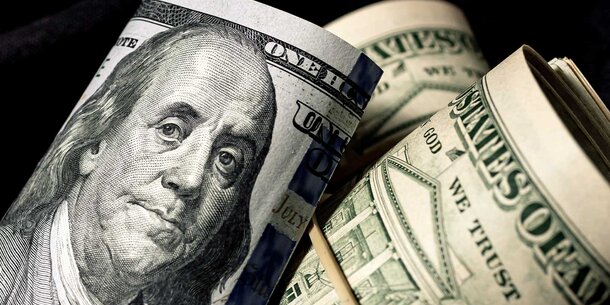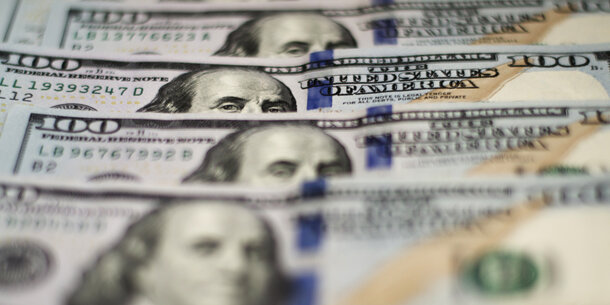In much of the media, the money-in-politics story of the 2018 midterms was massive engagement by small donors across the board, especially as a weapon for Democrats in reaction to Donald Trump’s polarizing presidency. But that story obscured an even bigger increase in donations of more than $100,000 from a tiny number of people.
Even after a surge in activism, grassroots energy and online fundraising tools are still no match for the boost that the Supreme Court’s Citizens United ruling gave to big money 10 years ago this month. On the contrary, the proportion of money coming from megadonors is rapidly increasing.
In Citizens United, the Court struck down limits on political spending by corporations and unions. The opinion argued that political money won’t corrupt politicians if it’s not given directly to them, paving the way for the creation of super PACs and unlimited outside spending — money that doesn’t go directly to candidates but to groups that work to elect those candidates. These channels are the vehicles that the biggest donors use to influence who runs and who wins.
To be sure, 2018 was a banner year for small donations. Donors who gave $200 or less contributed $1.4 billion to campaigns and political committees, a more than 50 percent increase over the last midterm cycle. But donors who gave more than $100,000 together contributed almost $2 billion, well over twice the total from 2014, resulting in a much greater portion of election funding coming from them than small donors.
There are fewer than 3,500 of these $100,000 donors — who are each giving well over the median American household’s annual income. They gave more money than at least 7 million donors of $200 or less. (Federal Election Commission data doesn’t reveal the exact number of small donors, and it is likely significantly higher than 7 million.)
Big donors play an even greater role in presidential election cycles. In the 2016 race, donors who gave more than $100,000 provided $2.7 billion — more than half the funding. The $1 billion from small donors made up only slightly more than one fifth. There were fewer than 5,000 megadonors who gave $100,000 or more, but they provided a far greater portion than at least 5 million small donors combined.
The pattern is starker for donors who give more than $1 million. They were not a significant factor before Citizens United. But by 2016, donors of more than $1 million provided almost one-third of all federal election funds. In that election, a rarified group of just 400 people together put up $1.5 billion.
Big donors give in order to influence policy according to their interests. Social scientists have collected evidence that wealthy people — the kind who can afford to give more than $100,000 in a two-year election cycle — have different political views than other Americans. And politicians have a big incentive to support policies that will keep these big donors happy.
Small donors — even in the millions — can’t compete with the influence bought by unlimited giving from wealthy interests.
But the imbalance in our system brought on by Citizens United is not inevitable. Key reforms like public campaign financing, which matches small donations to boost the voice of regular Americans, can make our democracy healthy again.
Data analysis by Kevin Morris.



